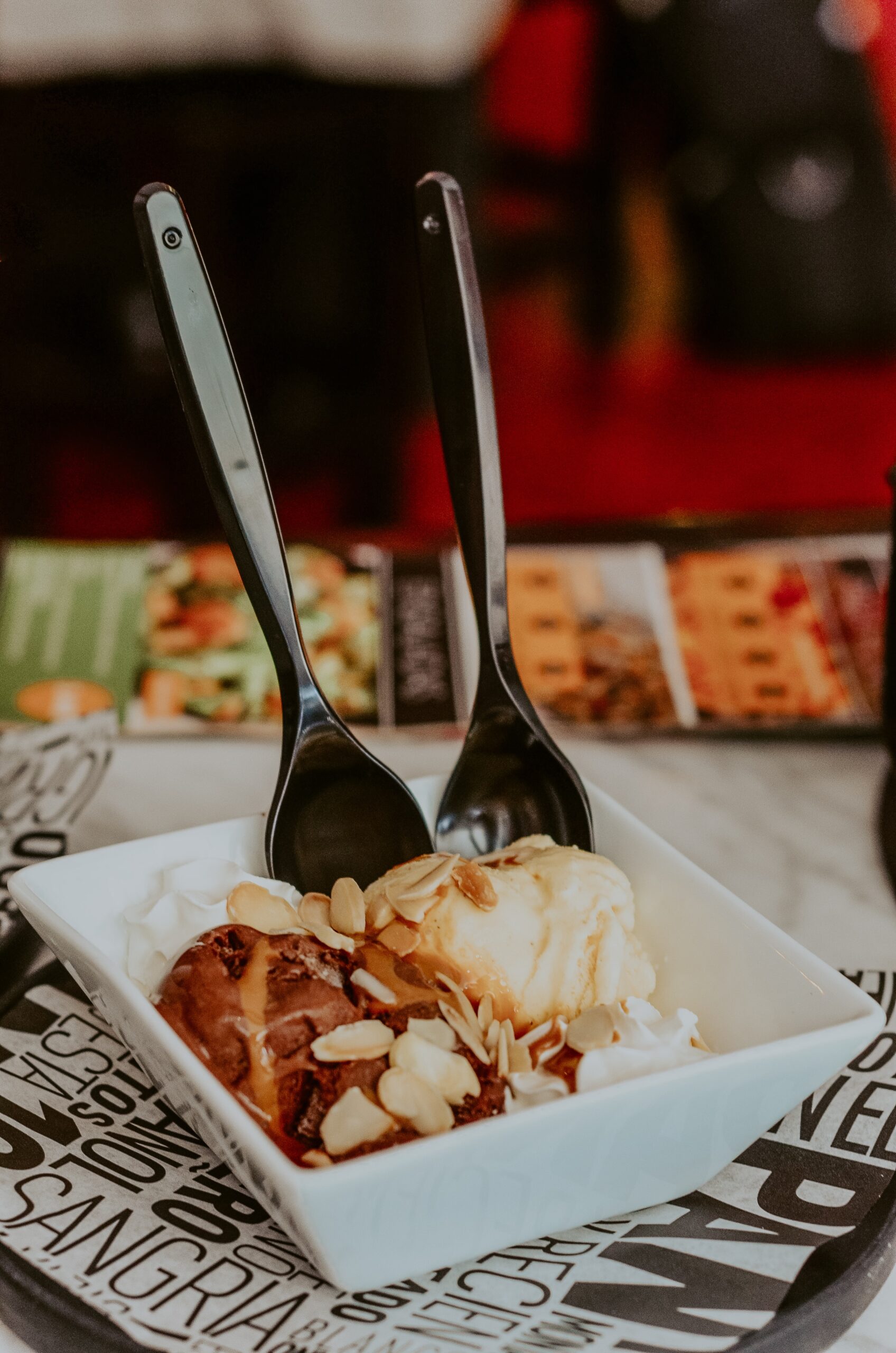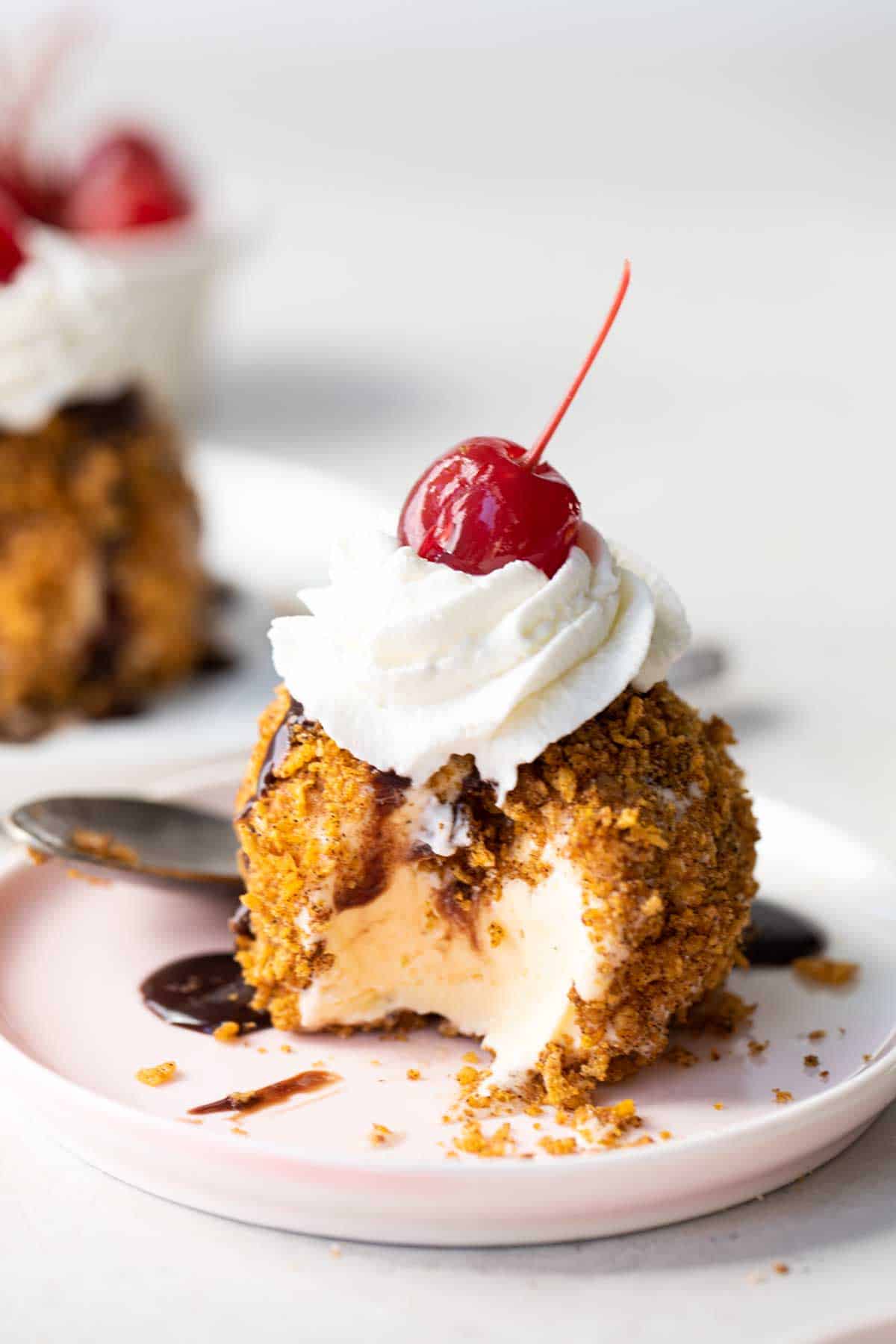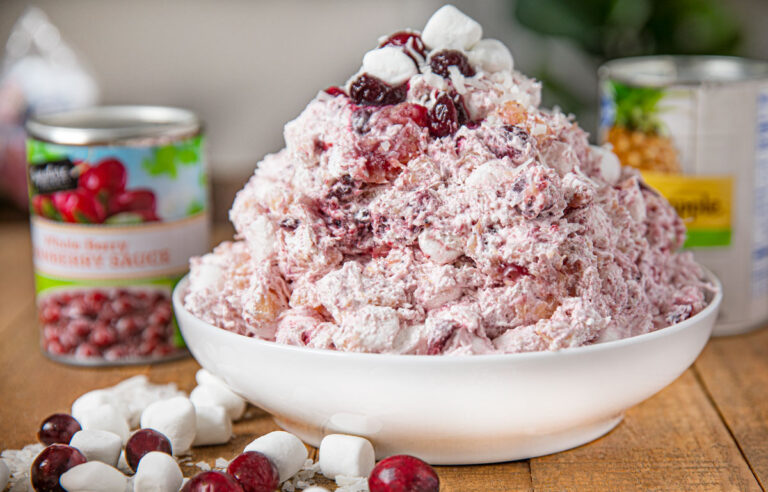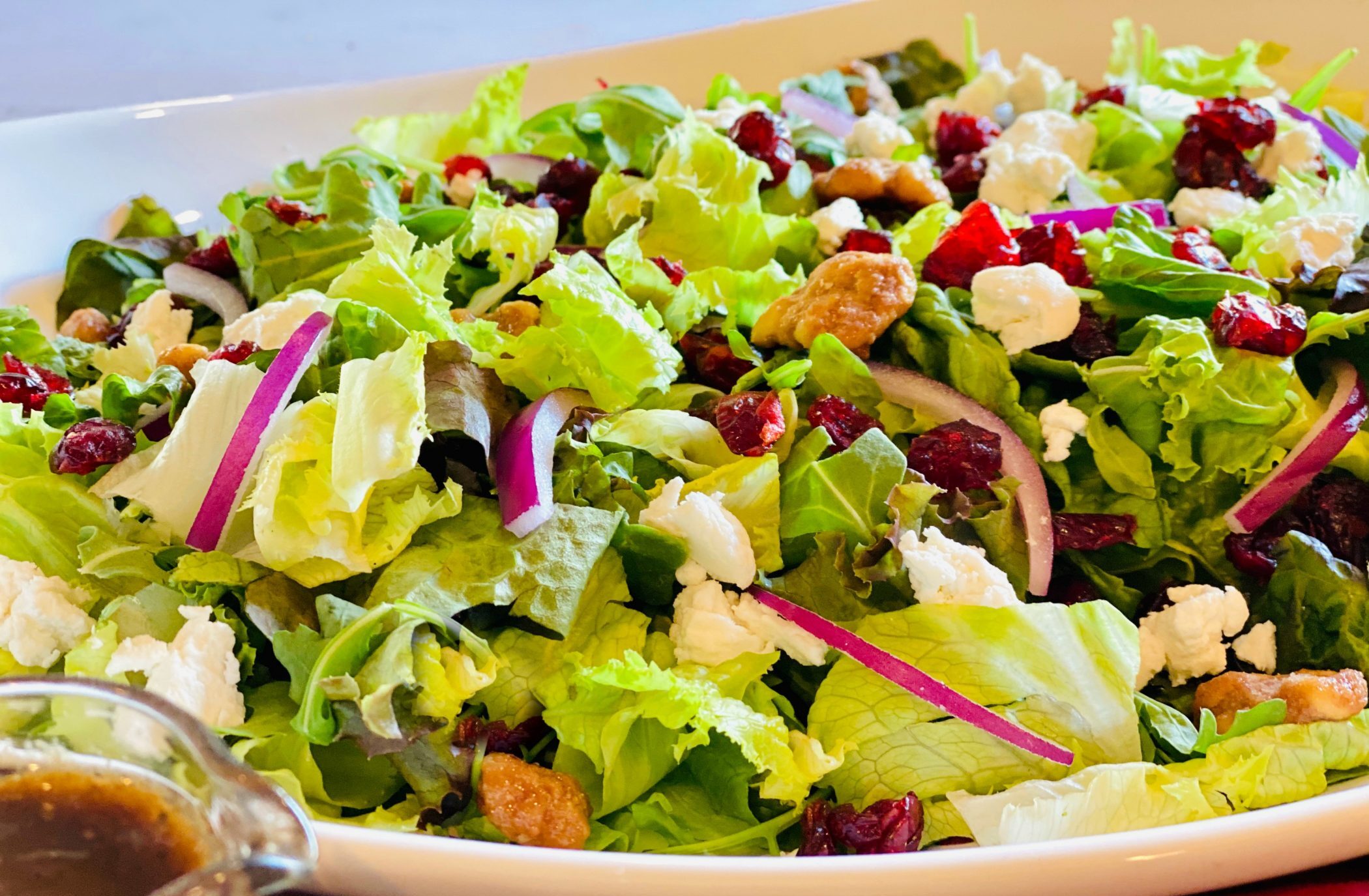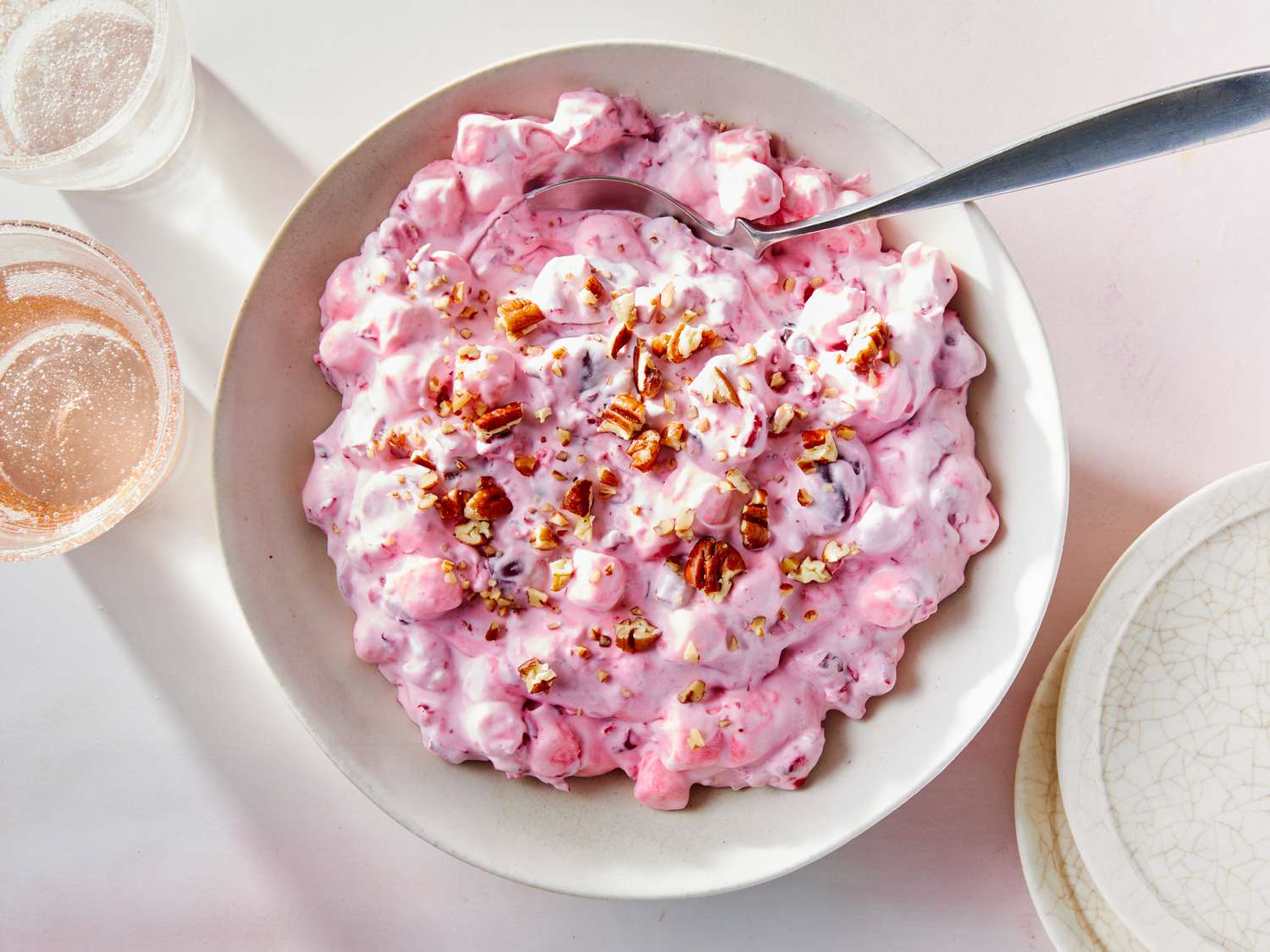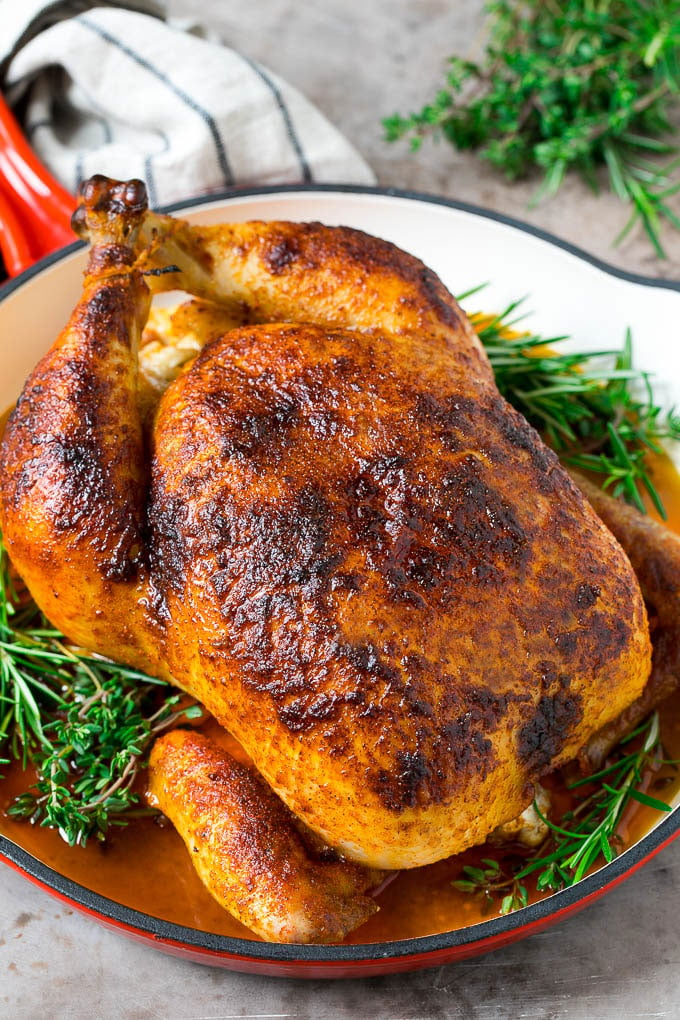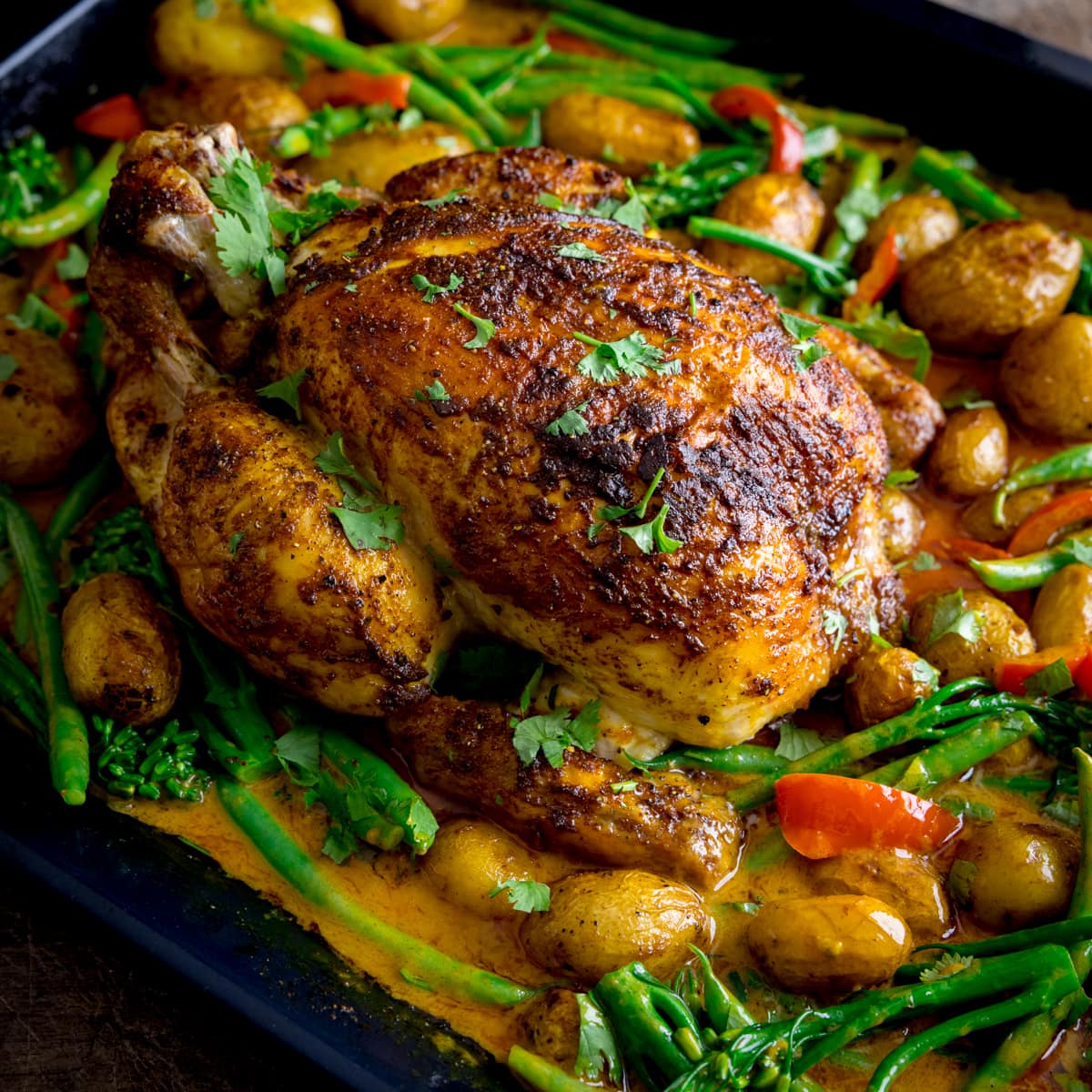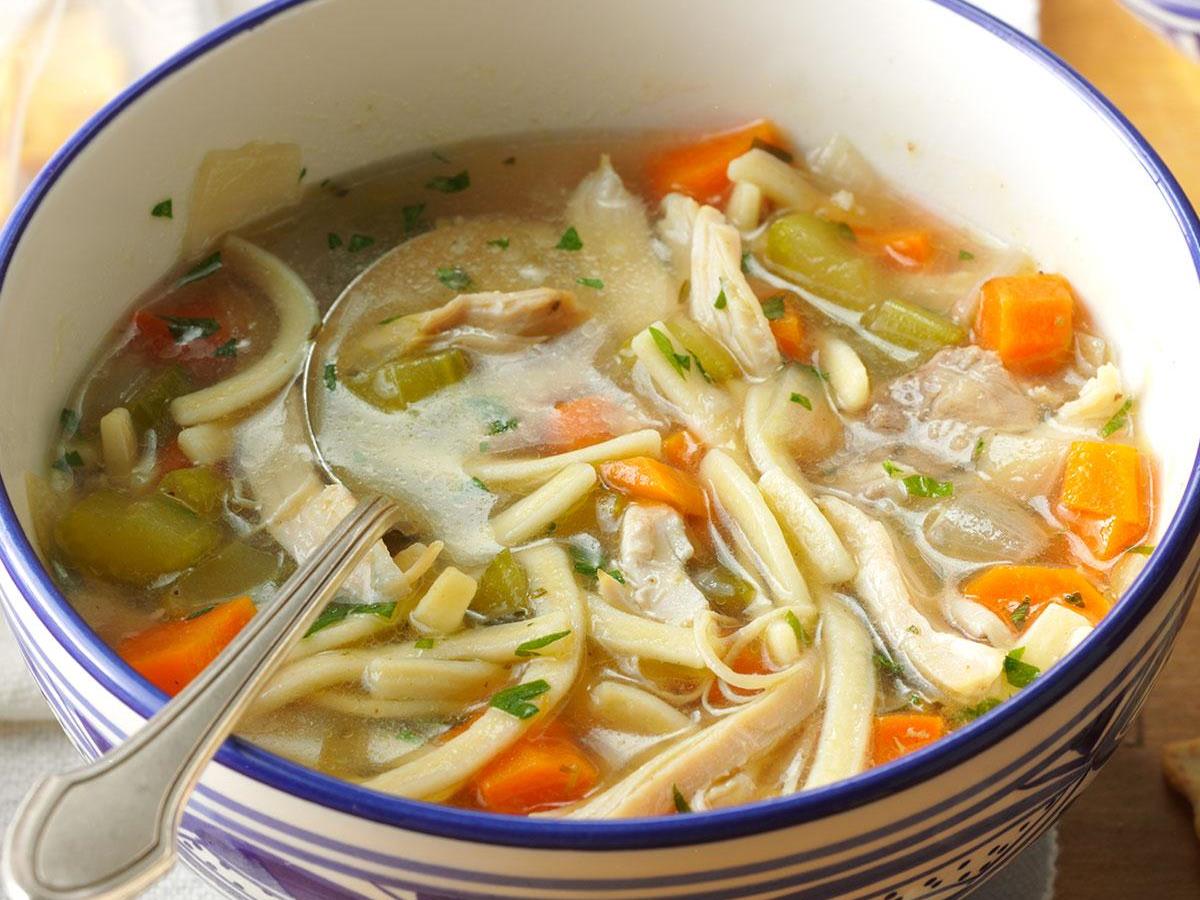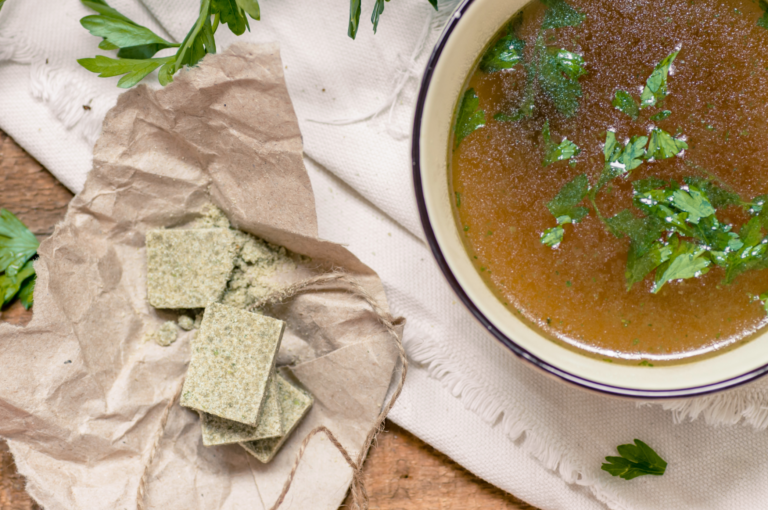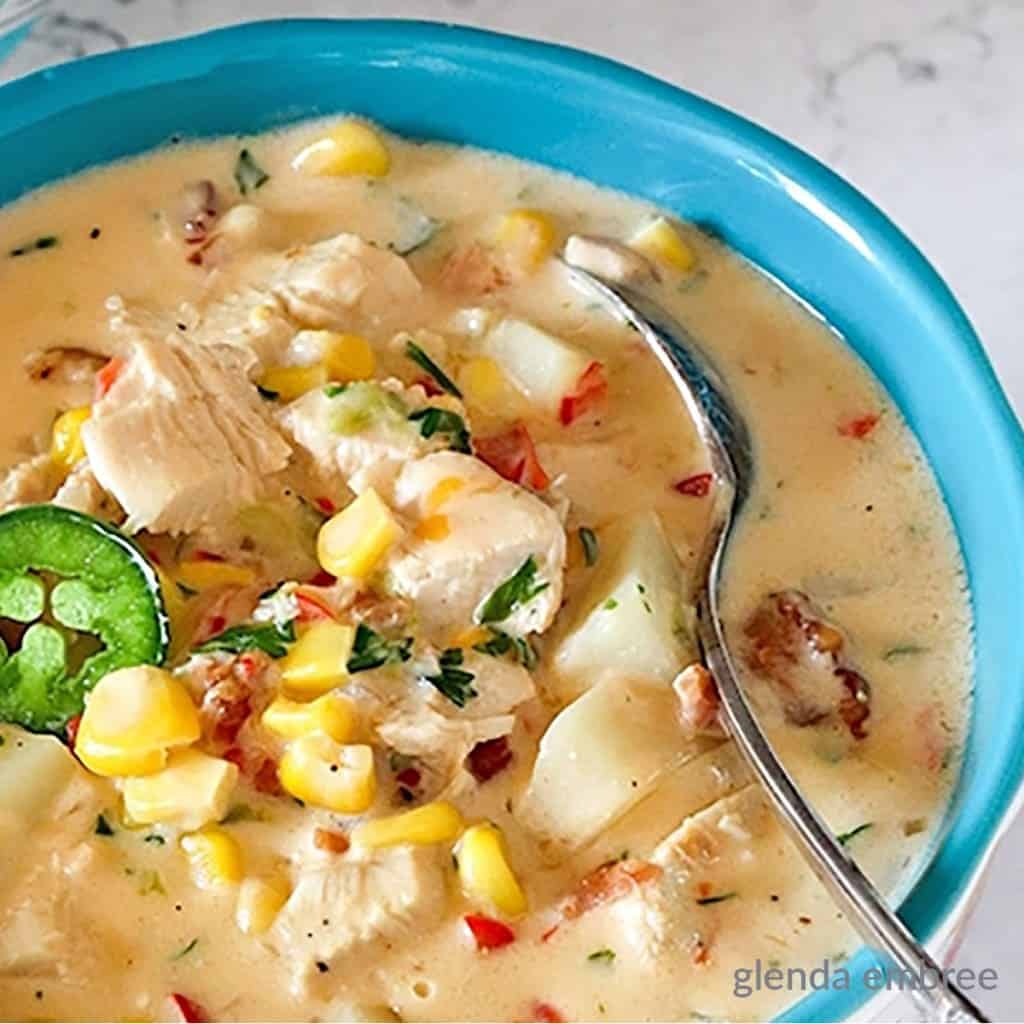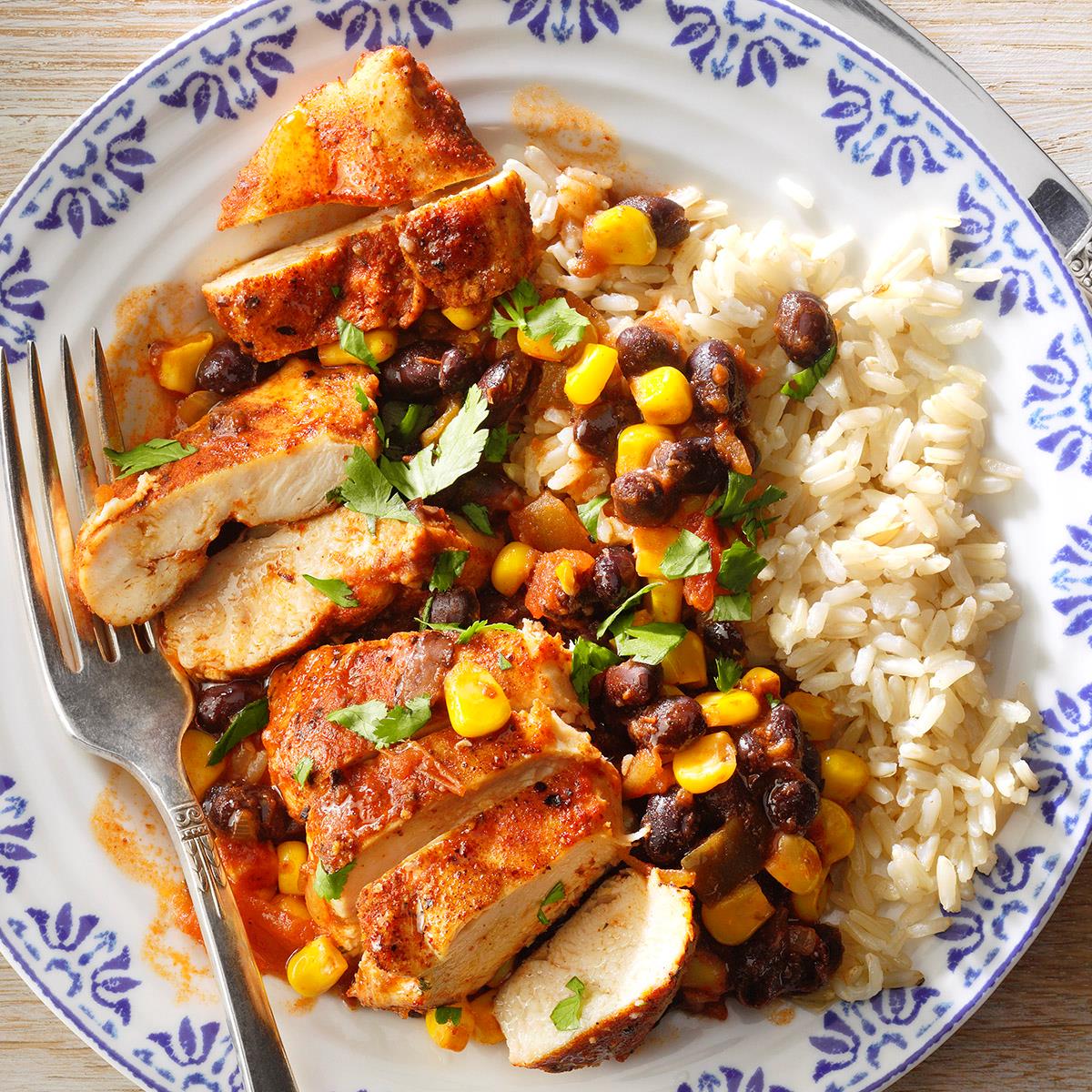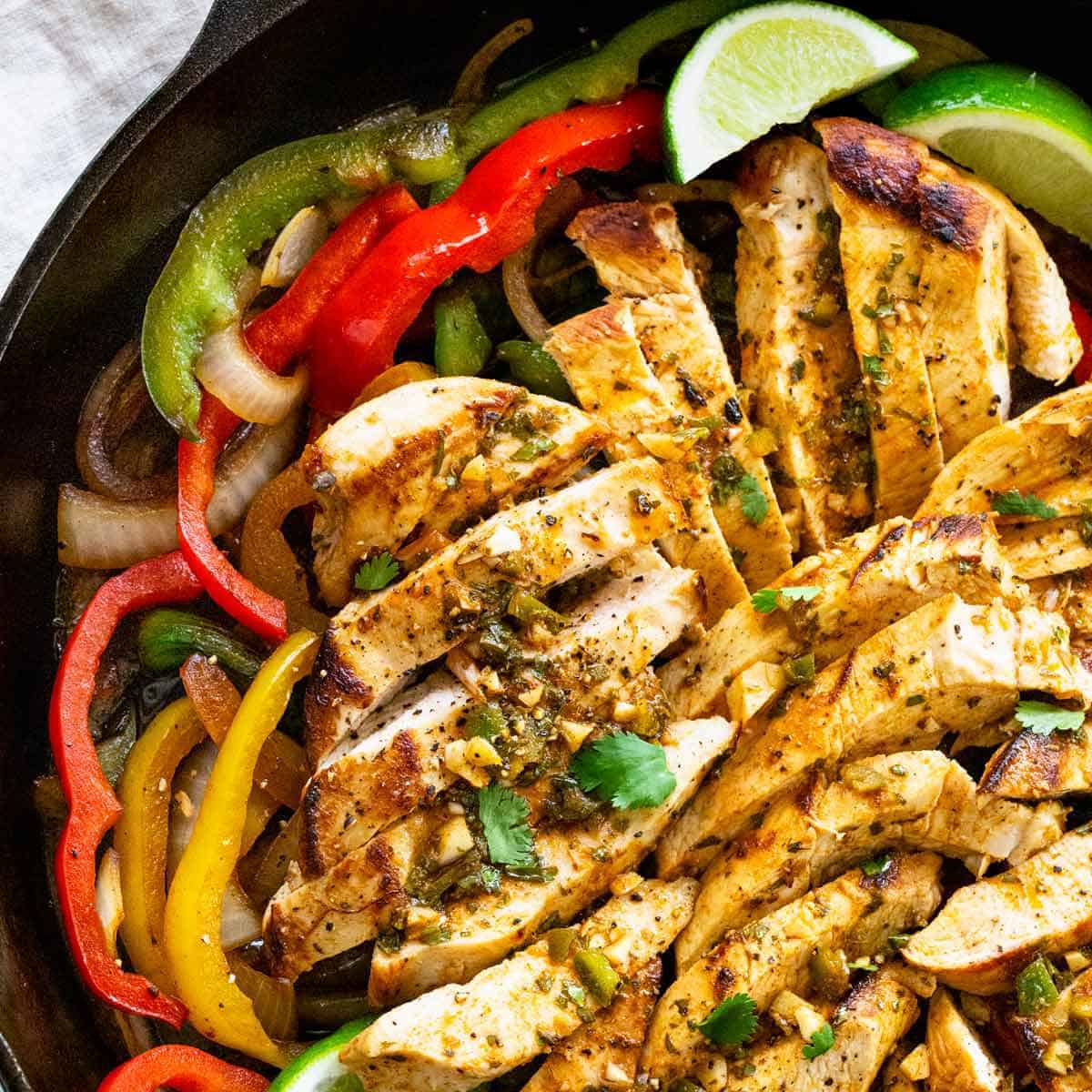Are you feeling a little envious of all the Instagram influencers and celebrities who seem to constantly be jetting off to the Maldives for luxurious vacations? Well, don’t worry, because you too can experience the beauty and relaxation of this tropical paradise. In this article, we will dive into the reasons why the Maldives should be your next vacation destination and how to make the most of your time there. From crystal clear waters and white sandy beaches to overwater bungalows and world-class dining, the Maldives has it all. So pack your bags and get ready to escape to this idyllic paradise.
Know More About Maldives
The Maldives is a tropical paradise located in the Indian Ocean, consisting of 26 atolls and over 1,000 coral islands. It is a popular destination for travelers seeking a luxurious and relaxing vacation in a stunning natural setting. If you want to have an amazing time in the Maldives, here are some tips to help you make the most of your trip.

First and foremost, choose the right resort. The Maldives is home to some of the most luxurious and exclusive resorts in the world, offering a wide range of amenities and activities. Look for a resort that caters to your specific interests, whether it be diving, snorkeling, water sports, or simply lounging on the beach. Some top resorts to consider include the Anantara Kihavah Maldives Villas, the Shangri-La Villingili Resort and Spa, and the Four Seasons Landaa Giraavaru.
Activities in Maldives
The Maldives is not just a destination for relaxing on the beach and sipping cocktails, it also offers a variety of adventure sports for the thrill-seekers. Here are some of the best adventure sports in the Maldives:
- Scuba diving – The Maldives is home to an incredible array of marine life, making it a top spot for scuba diving. Explore colorful coral reefs and see schools of tropical fish, sharks, rays, and more.

- Snorkeling – If diving isn’t your thing, snorkeling is a great way to get up close and personal with the underwater world. The Maldives has many snorkeling spots with shallow, crystal clear waters and a variety of marine life.

- Kiteboarding – The Maldives has some of the best kiteboarding conditions in the world, with steady trade winds and shallow, flat water. If you’re a kiteboarding enthusiast, this is the perfect spot to ride the waves.

- Surfing – The Maldives has a number of excellent surf spots, with powerful waves and pristine beaches. Whether you’re a beginner or an experienced surfer, the Maldives has something for everyone.

- Fishing – The Maldives is a fishing paradise, with a variety of species to catch including tuna, marlin, and wahoo. Join a local fishing tour or rent a boat and try your luck at reeling in a big catch.

If you prefer to stay on land, you can participate in a range of land-based activities such as yoga, tennis, or golf.
Another way to have an amazing time in the Maldives is to indulge in the local cuisine. The Maldives is home to a variety of seafood, including tuna, lobster, and crab, as well as tropical fruits such as mango, papaya, and coconut. Many resorts offer fine dining options featuring local ingredients and international flavors, so be sure to try out a few different restaurants while you are there.
If you want to relax and rejuvenate during your vacation, the Maldives has no shortage of spa options. From traditional massages and body treatments to more modern therapies, you can find a variety of treatments to suit your needs. Some resorts even offer unique spa experiences, such as underwater massages or treatments using local ingredients.
Some Unique islands in the Maldives that are worth visiting:
- Thoddoo Island: This island is known for its lush vegetation and local agriculture, including a variety of fruits and vegetables. Visitors can participate in farm tours and learn about the traditional farming practices of the Maldives.

- Meeru Island: This island is home to the largest resort in the Maldives, offering a wide range of amenities and activities for travelers. It is also surrounded by a beautiful coral reef that is perfect for diving and snorkeling.

- Vaadhoo Island: This island is famous for its “sea of stars,” a natural phenomenon caused by bioluminescent plankton in the water. Visitors can take a night walk on the beach and witness the glowing waters for themselves.

- Maafushi Island: This island is known for its local culture and traditions, and visitors can experience Maldivian life by staying in a guesthouse or participating in cultural activities such as cooking classes and traditional fishing trips.

- Huraa Island: This island is home to the Maldives Islamic Centre, a mosque and cultural center that offers guided tours and workshops on Islam and Maldivian culture. Visitors can also participate in traditional handicraft classes or visit the island’s turtle hatchery.

- Dhigurah Island: This island is known for its long stretches of white sandy beaches and crystal clear waters, making it a popular destination for travelers seeking a serene and peaceful vacation. It is also home to several dive sites, including shipwrecks and coral reefs.

Accommodation in Maldives
The Maldives is known for its luxury resorts, offering travelers the ultimate in relaxation and indulgence. From overwater bungalows to private villas with infinity pools, the Maldives has a wide range of luxurious accommodation options to choose from.
One of the most popular types of luxury resorts in the Maldives are overwater bungalows. These spacious and stylish units are built on stilts above the crystal clear waters and offer breathtaking views of the surrounding ocean. Many overwater bungalows come equipped with private pools, outdoor showers, and even personal butlers.
Another type of luxury resort in the Maldives are private villas. These exclusive accommodations offer privacy, space, and luxurious amenities such as private pools, outdoor dining areas, and Jacuzzis. Some private villas even have their own private beach areas and access to a range of water sports.
One of the most iconic luxury resorts in the Maldives is the Four Seasons Resort Maldives at Kuda Huraa. Located on a private island, this resort features traditional thatched roof bungalows that are set over the turquoise waters. Each bungalow comes with its own private deck and plunge pool, and guests can enjoy a variety of water sports and activities. The resort also has an award-winning spa and several gourmet dining options.
Another top luxury resort in the Maldives is the Soneva Jani, which is located on the private island of Medhufaru. This resort offers overwater villas and beachfront villas, all with their own private pools and outdoor showers. The resort also boasts a massive water slide that leads directly into the lagoon and a variety of water sports and activities.
The Shangri-La Villingili Resort & Spa Maldives is another luxurious option, with overwater and beachfront villas that come with private pools, outdoor showers, and panoramic views of the ocean. The resort has a spa, fitness center, and several dining options, including a private beach BBQ.
No matter which luxury resort you choose in the Maldives, you can expect unparalleled luxury and indulgence. These resorts offer the ultimate in relaxation and pampering, making them the perfect escape from the stresses of everyday life.
How to get to Maldives
o get to the Maldives, you can fly into the main international airport, Velana International Airport, which is located on the island of Hulhule. The airport is served by a number of international airlines, including Emirates, Qatar Airways, and Turkish Airlines. From the airport, you can take a boat or seaplane to your chosen resort island.
If you are staying at a resort on a local island, you can also fly into the regional airport on the island of Maamigili. This airport is served by a number of regional airlines, including AirAsia and FlyDubai.
Once you arrive in the Maldives, most resorts offer transfer services to and from the airport, whether by boat or seaplane. If you are staying on a local island, you may need to take a boat or local ferry to reach your destination.
It’s worth noting that the Maldives is a Muslim country and has strict rules on alcohol and dress codes. Be sure to research the local customs and culture before arriving to ensure you have a respectful and enjoyable vacation.
